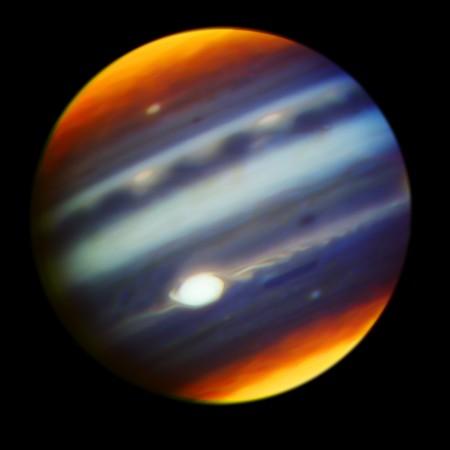
The seventh science flyby of NASA's Juno spacecraft will take place on Friday September 1, 2017, at 3:19 am IST (5:49 pm EDT).
ALSO READ: Dwarf galaxy emits 15 fast radio bursts; could it be from aliens?
Here are 7 things to know about NASA's Juno mission and the seventh flyby:
- The Juno spacecraft will be at a distance of 3,500 km above the cloud tops of gas-giant Jupiter. This distance is defined as perijove, as the spacecraft will be the closest to the centre of Jupiter.
- The Juno mission is worth $1.1 billion. The spacecraft was launched in August 5, 2011, from Cape Canaveral, Florida. It reached Jupiter's orbit after five years, on July 4, 2016.
- The spacecraft skimmed through Jupiter's clouds at close proximity, which was around 3,400 km. The spacecraft was tasked with analysing the auroras of the planet and find out more about how the atmosphere, structure and magnetosphere of the planet were formed.
- The spacecraft had even completed a close flyby of Jupiter's phenomenal feature – the Great Red Spot (GRS) – on July 10. Juno explored the GRS while it was completing its sixth flyby.
- Juno had marked one year in the gas giant's orbit during which it travelled 114.5 million km around the planet.
- The mission is scheduled to end in February 2018 after Juno completes a total of 37 orbits of the planet.
- The Juno spacecraft has revealed various amazing details about Jupiter, like its Jovian auroras aren't like the ones Earth got.
Apart from auroras, the gas giant possesses mysterious clouds — some of them multi-coloured. It also has cyclones which are the size of Earth. The core of the planet is found to be partially dissolved.









